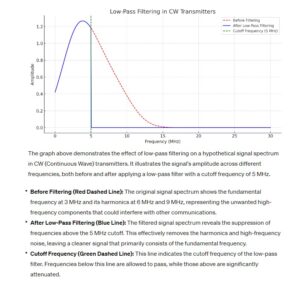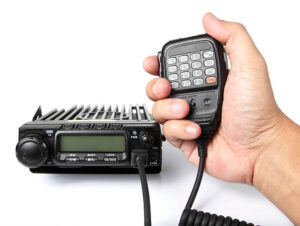



Start Here
The 8.1.5 Transmitters and Neutralization exam is an in-depth assessment focusing on the critical aspects of radio transmission technology. Candidates will be tested on their knowledge of RF power amplifiers and the intricacies of transmitter neutralization to ensure stable and efficient signal transmission. The exam delves into amplitude modulation (AM) techniques, single sideband operations, and the importance of linearity, alongside practical two-tone tests. Further, it evaluates understanding of frequency modulation (FM), including deviation, modulation index, and the use of deviation meters.
Participants will also be challenged on their comprehension of FM transmitter and repeater circuit designs, essential for extending communication ranges. Signal processing, covering audio frequency (AF), intermediate frequency (IF), and radio frequency (RF) stages, is another critical component, ensuring candidates are well-versed in the modification and enhancement of signals. Moreover, the exam includes codes and protocols such as Baudot, ASCII, and various error detection and correction methods, pivotal for digital communication. Lastly, it covers spread spectrum technologies, including frequency hopping and direct sequences, highlighting their role in secure and reliable wireless communication.
Be sure to login to your hamshack.ca account to track your progress by clicking the [Mark Complete] Button at the bottom of each lesson. You can contact VE7DXE to sign-up for the new Basic Amateur course.
The exam offers a comprehensive evaluation of your knowledge in transmitters, RF amplification, modulation techniques, and signal processing, alongside critical communication protocols and spread spectrum technologies. It’s designed for those aiming to excel in advanced amateur radio operations, covering everything from the basics of AM and FM, circuit neutralization, to the complexities of digital communication standards and security in wireless networks.
© Hamshack.ca. All lesson content, diagrams, and quizzes are proprietary and protected by copyright. Access is for personal use only and requires a valid course purchase where applicable. Copying, sharing, or redistributing any material is strictly prohibited. See the Hamshack.ca Terms of Use for full details.
